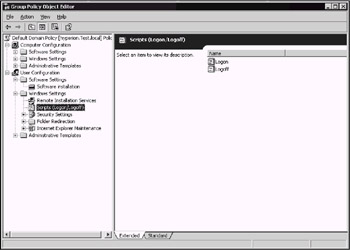

Now we can configure the Podman nf file such that it knows we have a repository hosted on the local machine. The above command should launch without complaint. Sudo podman run -privileged -d -name registry -p 5000:5000 -v /var/lib/registry:/var/lib/registry -restart=always registry:2

We’ll be using the –privileged flag, which tells the engine to launch the container without any further security constraints and to not add any privilege over what the process launching the containers has. This step is made easy, thanks to Podman. With that directory created it’s time to deploy the local registry. To do this, log into your CentOS machine and issue the command: The first step is to create a directory that will house the repository. Tag is an alphanumeric identifier attached to images within a repository, as a means to differentiate versions of images.Often such a repository will contain images that provide different versions of the same application or service. Repository is a collection of related images.Registry is a service (be it local or third-party) responsible for hosting and distributing images.This is actually important to understand, especially if you’re just now getting into the wonderful world of container development. Tagīefore we continue on, let’s first understand the difference between a registry, a repository, and a tag. If you are still using CentOS 8, you can either stick with that release or convert it to CentOS Stream. I’ll be demonstrating on CentOS Stream 8. The upside of that is it’s even more secure. In other words, this local registry is isolated to your dev workstation. So how do you host your own image registry? Since your platform is RHEL/CentOS Stream and Podman, you’ve got everything you need to host a local image registry. The one caveat to this is that you won’t be able to access this registry across your LAN.

Pwsafe use host registry code#
Those in-house images might contain proprietary code that you don’t want getting out in the wild. To that end, your best bet is to either only ever use official images (such as those offered by Canonical or other known entities), or building your own.īut if you build your own images, you’ll want to be able to house them locally. If you’re using third-party images, you might not know what vulnerabilities they contain. But it’s that bottom rung of the chain that can really wreak havoc on your deployments. The problem is the security of such deployments goes all the way up the chain - from the very foundation to the heart of the cluster. Why? That’s a good question with a fairly simple answer.Īs you may know, container (and Kubernetes) security is a hot issue. You might also want to host your own image repository. And if you rely on CentOS, you’re looking at the likelihood of migrating to CentOS Stream. If you use Red Hat Enterprise Linux or CentOS, chances are good you’ve migrated to Podman, a daemonless engine (and Docker alternative) for developing, managing, and running OCI-compliant containers on a Linux system. And if your work centers around containers, you depend on images to make it happen. After all, your business isn’t going to pause while the pieces fall back into place. As your head is spinning at the impending change, you continue developing. Some days it feels almost impossible to keep up in the cloud native world: Kubernetes is deprecating Docker support, Red Hat Enterprise Linux migrated from Docker to Podman, CentOS as we know it is going away and, in its place, comes CentOS Stream.


 0 kommentar(er)
0 kommentar(er)
